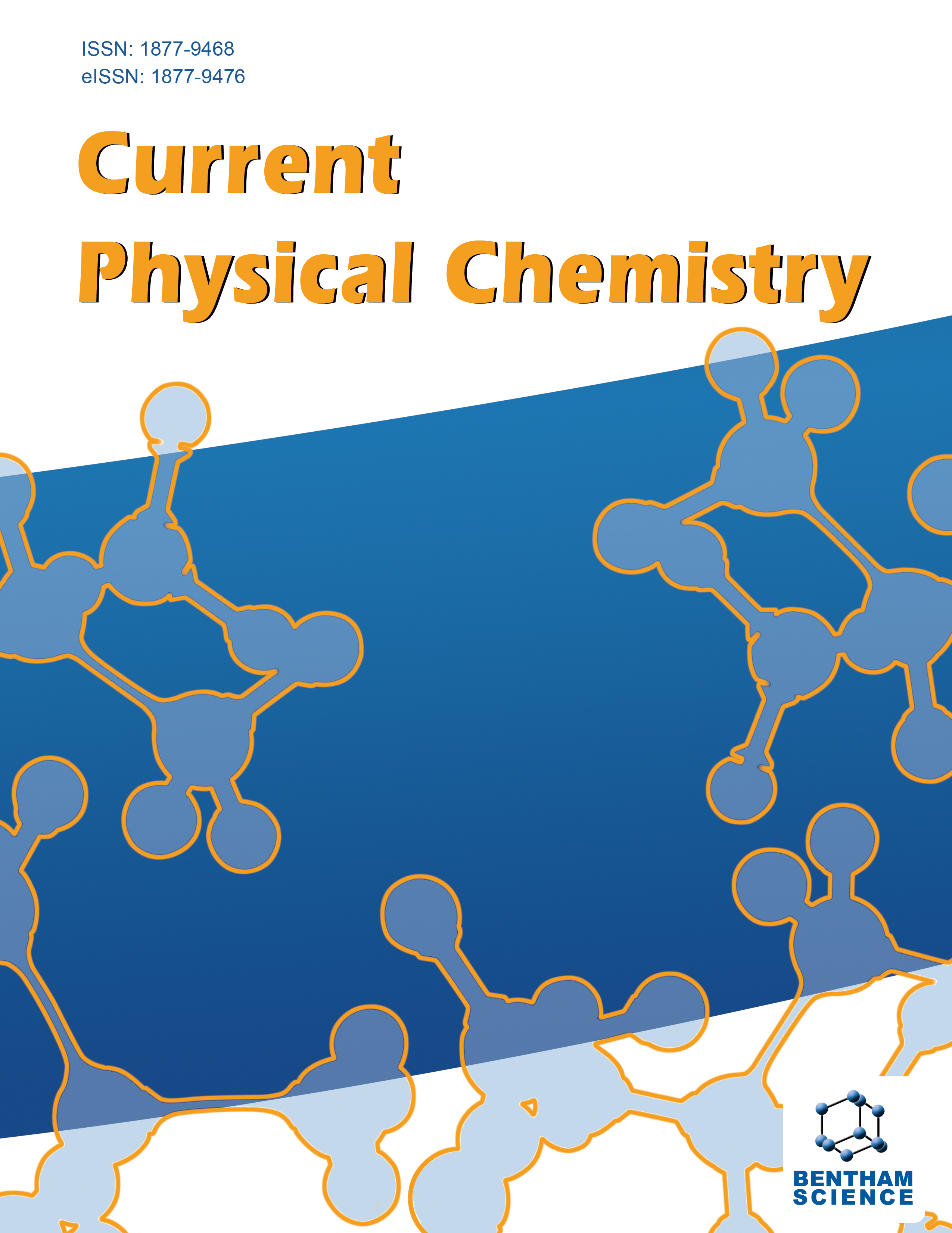-
s Influence of the Bulk Growth Direction on TiO2 and SnO2 Surface Energies
- Source: Current Physical Chemistry, Volume 4, Issue 1, Jan 2014, p. 81 - 86
-
- 01 Jan 2014
Abstract
TiO2 and SnO2 have the (P42/mnm) rutile structure with close lattice parameters and are extensively used in technological applications due to catalytic and optical properties. These properties can dependend on the surface directions and surface energy. It is of interest to estimate which directions are appropriate or energetically more favorable. Mathematical expressions often used in the literature to estimate the surface energy in oxides are based on a direct relationship between surface and bulk energies. However, for other workers the solid growth direction is represented only in the surface energy term (Esurf), whereas the bulk energy factor (Ebulk) has no influence of the solid growth direction. The latter term (Ebulk) is important for surface growth direction of a solid because both surface and bulk can grow in the same direction. This objective of our work is to investigate the influence of the bulk energy term (Ebulk), traditionally used in the literature, as well as the supercell energy term (Esupercell) representing the influence of the bulk growth direction on the surface energy of the solid.


